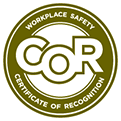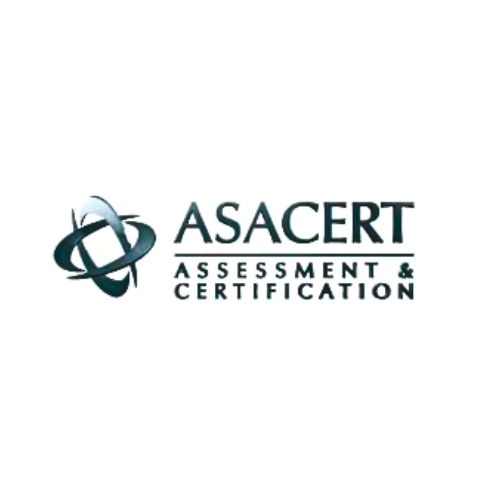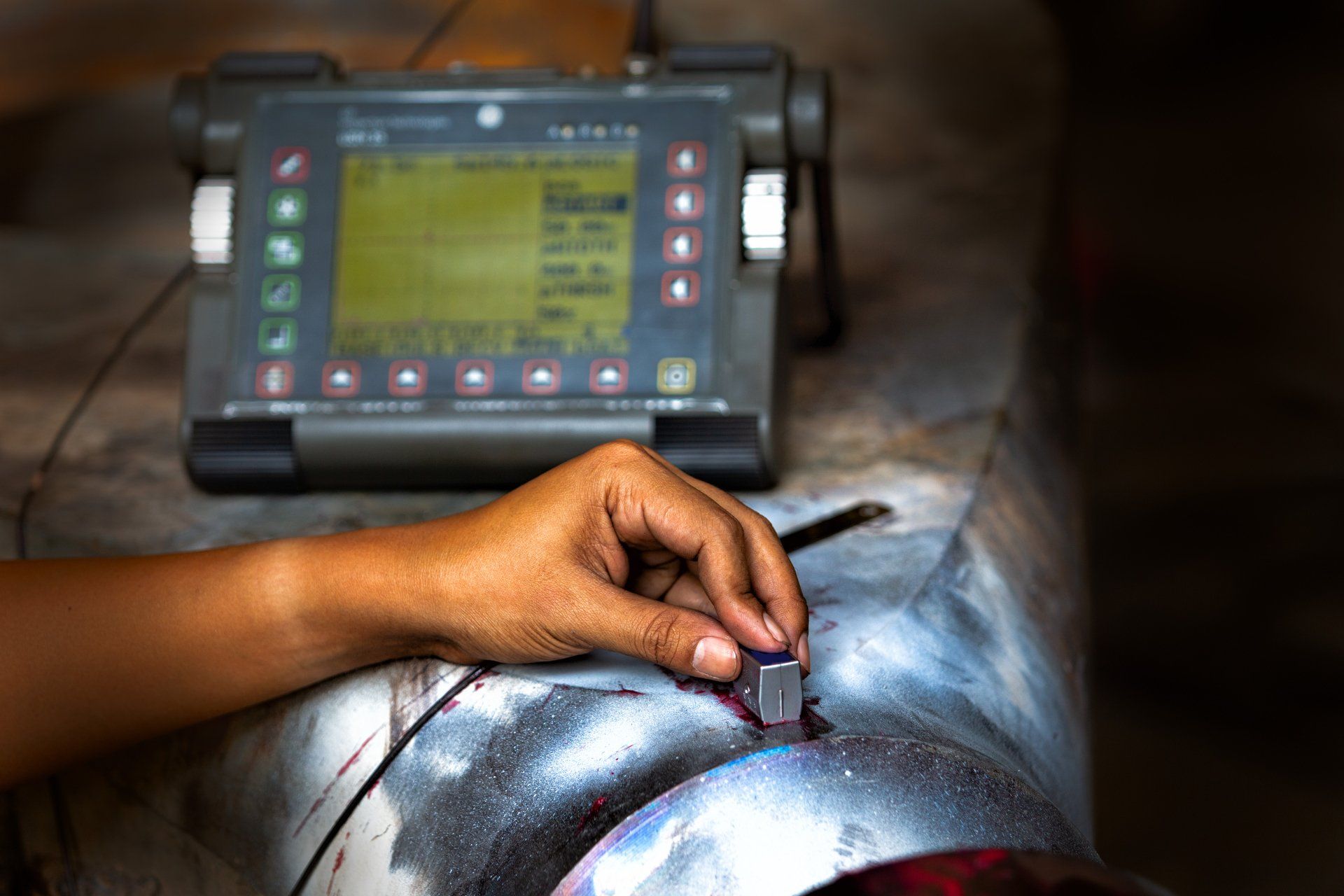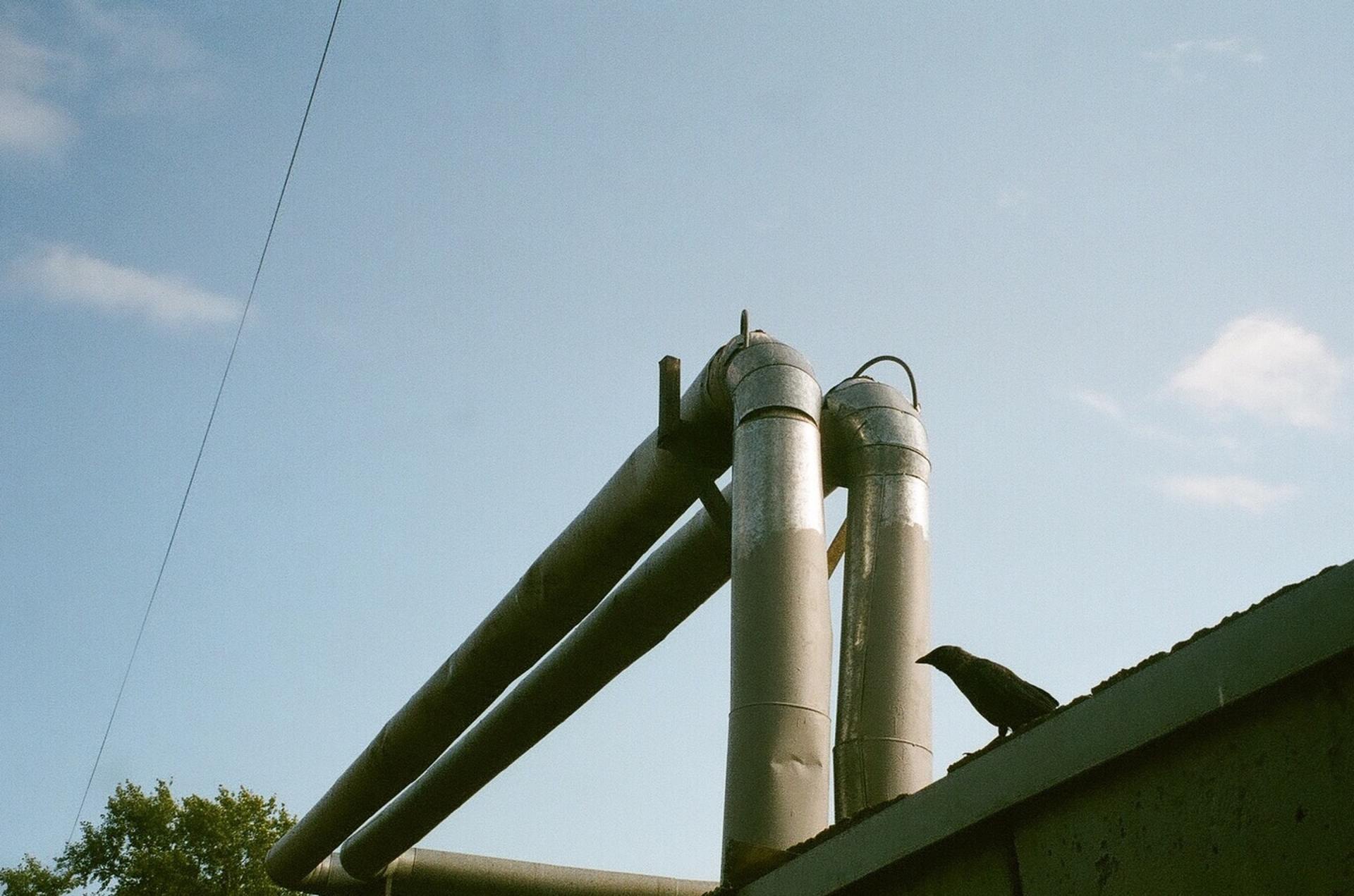4710-97 Street NW, Edmonton, AB
621 North Vickers St, Thunder Bay, ON
1185 Michener Road, Sarnia, Ontario, N7S 4B1
Ultrasonic
Ultrasonics (UT)
When testing is needed for surface and subsurface defects, material thickness measurements, voids and flaws, UT is the go to method. Eagle Eye NDT uses ultrasonic testing for indication detection in welds, castings, forgings, pipes, and anywhere else that UT is the correct method for accurate detection and testing.
Conventional ultrasonic testing has several primary functions. Spot thickness scanning to provide an overview of the state metal thickness. Another use for conventional ultrasonic testing is weld qualification. This is used to ensure the welds are strong enough, with no slag inclusions, fatigue cracks, load cracks, or stress cracks. It is also used to identify laminations in metal.
Phased Array Ultrasonic Testing (PAUT)
This inspection process reduces inspection time. It uses multiple ultrasonic elements to create a focused scan not found in conventional ultrasonic testing. PAUT can be used on new construction, and on in-service components.
Single phased-array probes allow the changing of the shape and focal point. This optimizes the ultrasonic beam for each inspection. Being flexible, a phased-array probe can replace many other types of conventional ultrasonic probes. This simplifies complex inspection procedures. Phased-arrays provide real-time imaging and can be used directly in digital recording of data used in reporting and certification
Time of Flight Diffraction (TOFD)
This method is used for in-service welds and components. It sends ultrasonic waves through the material, and based on returning signals, can display, measure and record in real time defects in the material. This detection uses low amplitude waves that indicate the tips of cracks by diffraction of the waves.
By measuring the time it takes for two sets of waves to make it to a receiver, a complete image of the weld and any damage can be identified. This is one of the fastest methods of non destructive testing. Usually only one scan is required to find the necessary defect information.
Complete record keeping of results, can track the growth or change of any flaws, so that valid risk based assessments can be calculated and cost effectively managed.
Internal Rotary Inspection System (IRIS)
Internal rotary inspections are performed inside pipes and tubes. A probe is pulled through the tube while the tube is filled with a water couplet. This provides a measurement of the inner diameter (ID), and outer diameter (OD) of the tube. The difference between these is the wall thickness, as well as detecting other indications.
IRIS inspections are commonly used for shell and tube heat exchangers, boilers, and fin-fan heat exchanger tubes. IRIS detects ID pitting, OD pitting, axial cracking, circumferential cracking and corrosion.
Guided Wave Ultrasonic
Guided wave ultrasonic is performed on long sections of tube or pipe, using a single device. These devices generate three different gilded wave types, longitudinal, torsional and flexural. By using phased-array technology, these waves can be focused and are used to analyze circumferential responses to find indications.
These tests can be performed on in-service pipes operating at up to and amazing 240 degrees Celsius.
This test is used when pipes are underground, or difficult to access locations such as road or river crossings. It is one of the few test methods that can examine 100% of the pipe wall volume, and monitor visible corrosion with the level of detail needed to insure pipeline safety.
621 North Vickers St, Thunder Bay, ON
P7C 4B9
1185 Michener Road,
Sarnia, Ontario, N7S 4B1

Slide title
Write your caption hereButton
Slide title
Write your caption hereButton
Slide title
Write your caption hereButton
Slide title
Write your caption hereButton
Slide title
Write your caption hereButton

Slide title
Write your caption hereButton
©2021 Copyright | All Rights Reserved | Eagle Eye NDT




